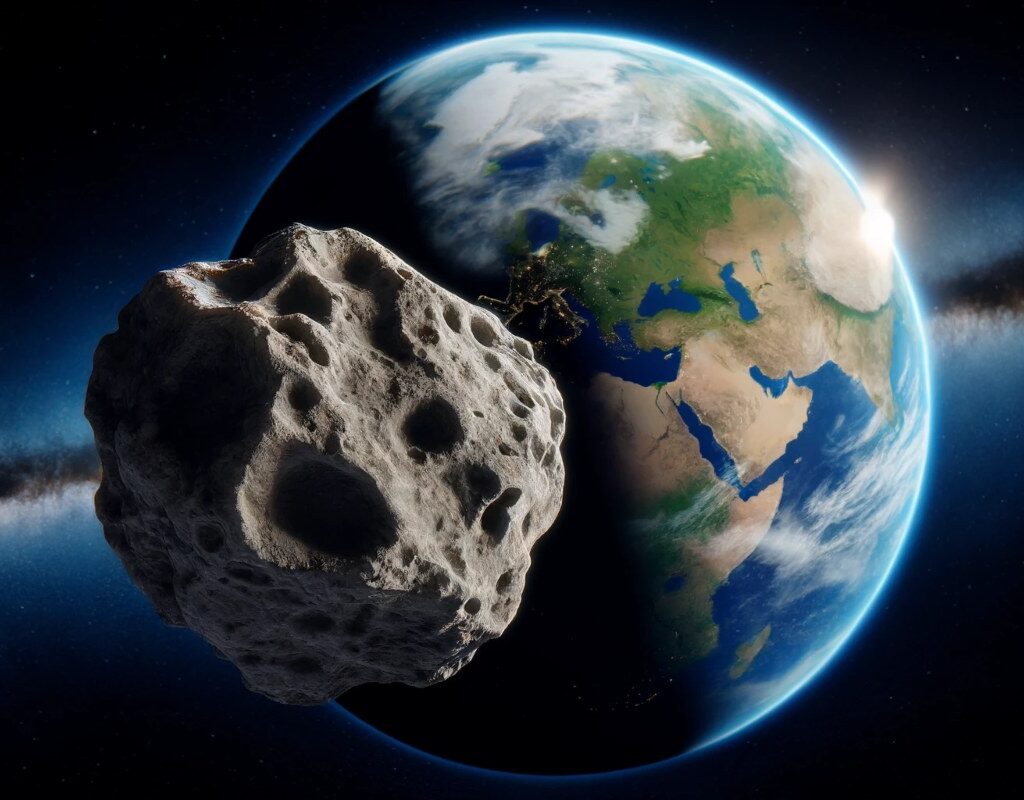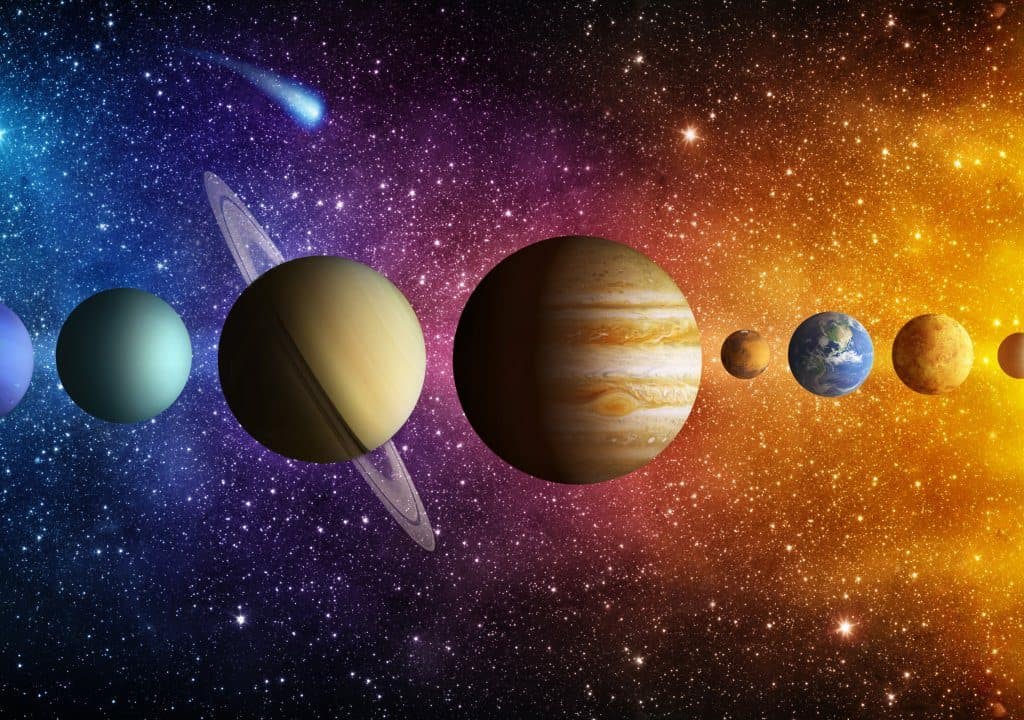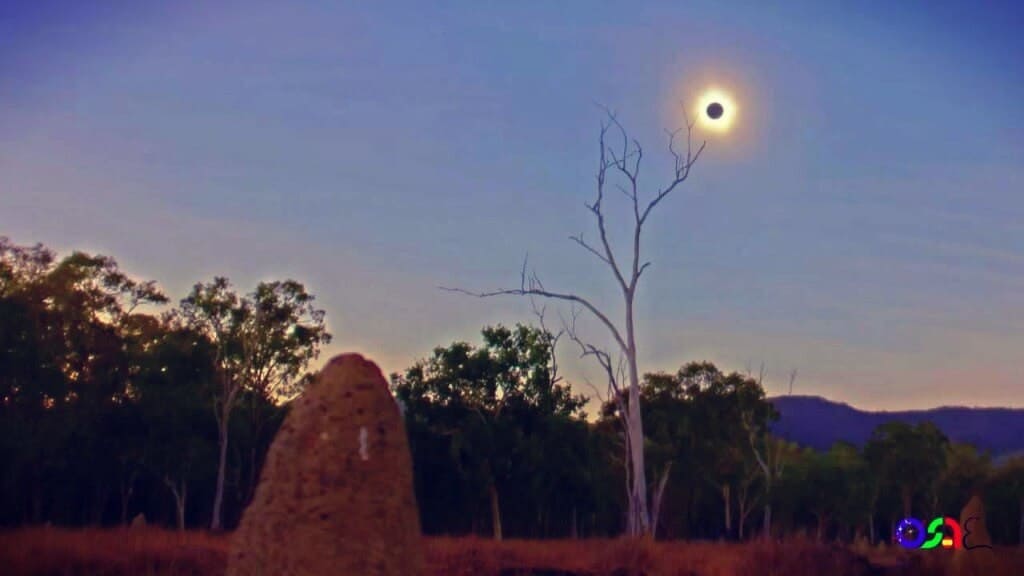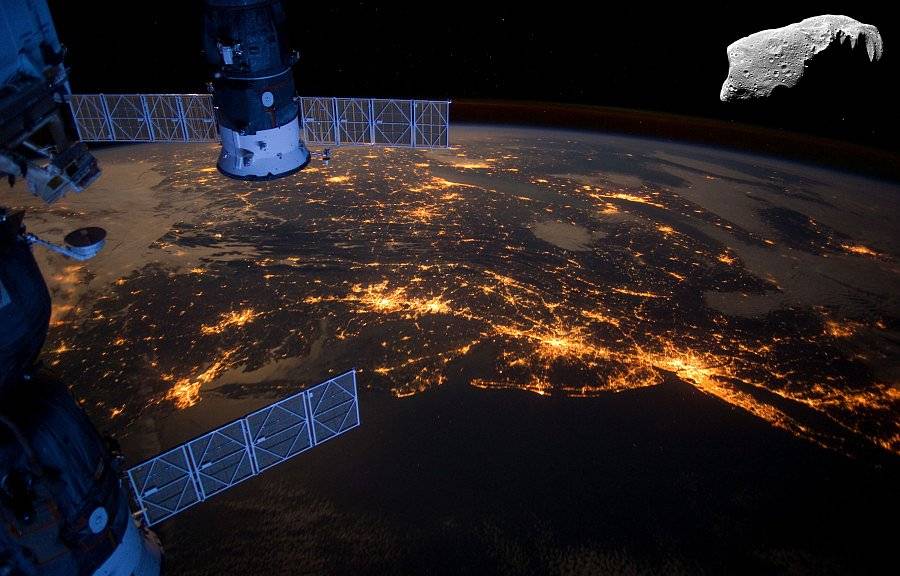Asteroid Apophis, known as one of the biggest space threats to Earth, made a significant approach to our planet in January 2013. This 270-meter-wide celestial body came within approximately 14.46 million kilometers of Earth on January 9th of that year, according to NASA.
The Significance of Apophis Asteroid’s Close Approach in 2029
Interest in Apophis had grown considerably in the years leading up to this event, due to predictions of an even closer approach in April 2029, when it is expected to pass just 36,000 kilometers from Earth, at the altitude of geostationary orbit. The January 2013 approach occurred at 11:43 GMT and was monitored by observatories worldwide, with live broadcasts available on specialized platforms like slooh.com.
This January 2013 event was a crucial opportunity for scientists to study the asteroid and refine their models of its future trajectory and the potential risks it might pose.
Thanks to global coverage and advanced observation technology, valuable data were collected, improving the accuracy of predictions and helping to plan possible mitigation measures in case of a future threat.
Consequences of an Apophis Impact
Scientists have thoroughly evaluated the potential consequences of an Apophis impact on Earth. In the event of a collision, the asteroid would move at a speed of at least 16 kilometers per second, releasing energy equivalent to thousands of nuclear bombs. This impact would trigger a massive release of dust into the atmosphere, with devastating global effects.
The potential impact area would stretch over a 50-kilometer strip, encompassing regions of Russia, Central America and the Atlantic, endangering hundreds of cities. Even if Apophis were to fall into the ocean, the effects would be equally catastrophic.
The underwater crater would be three kilometers deep and eight kilometers in diameter, generating a colossal tsunami that would spread in all directions, devastating coastal communities.
Understanding these possible consequences highlighted the importance of initiatives and projects aimed at mitigating the risk posed by Apophis, emphasizing the need for constant and precise monitoring of its trajectory.
Projects to Divert Asteroid Apophis
Faced with the threat posed by Apophis, space scientists worldwide began developing projects and solutions to prevent a potential catastrophe. Among the most discussed proposals was the use of nuclear weapons to destroy or divert the asteroid when it was at a safe distance from Earth.
This option, though controversial, was considered a last resort due to the risks and consequences associated with a nuclear detonation in space.
Another proposed solution involved sending a mission to plant a radio beacon on Apophis, allowing for more precise tracking of its trajectory. The Russian space agency Roscosmos announced plans for such a mission, highlighting the importance of continuously monitoring the asteroid to assess any changes in its orbit that might increase the risk of impact in the future.
These projects reflected the urgency and seriousness with which the scientific community approached the threat of Apophis, seeking to protect the planet using advanced technology and international collaboration.
Space Threat and Continuous Surveillance
The case of Asteroid Apophis underscored the importance of continuous surveillance and preparation for space threats. Large asteroids like Apophis, though rare, pose a significant risk to Earth. Scientists estimate that large asteroids impact our planet on average once every 100,000 years, but their destructive potential makes constant monitoring crucial.
The impact that wiped out the dinosaurs 65 million years ago is a reminder of the possible devastating effects of a large asteroid. For this reason, space agencies like NASA and Roscosmos, along with numerous scientific institutions around the world, have increased their efforts to detect and monitor near-Earth objects (NEOs).
These efforts include developing advanced technologies to track and divert potentially hazardous asteroids before they become an imminent threat.
Continuous space surveillance, international cooperation and investment in deflection and mitigation technologies are essential to protect Earth from future space threats. The close approach of Apophis in 2013 and its continuous monitoring have provided valuable data and lessons that will help humanity better prepare to face these challenges.




